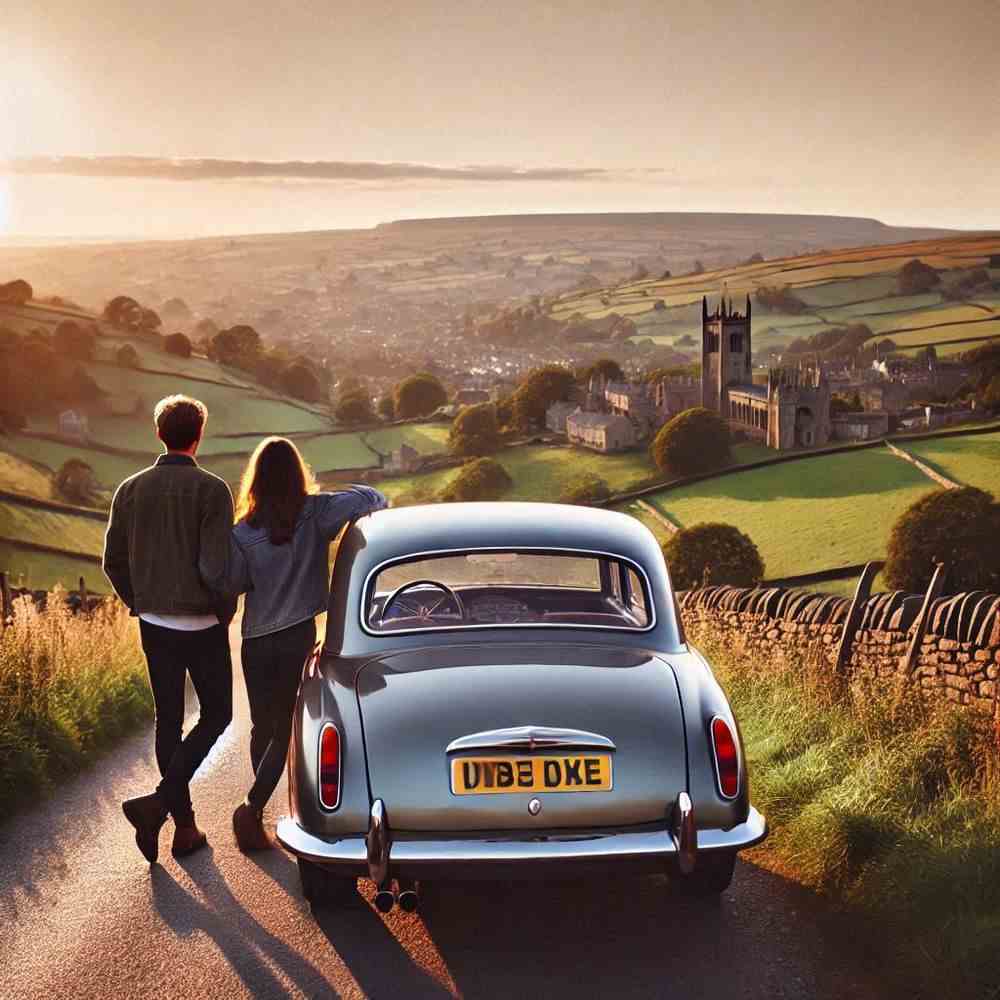Does the Purpose of Your Travel Influence Insurance?
Car insurance policies often consider the purpose of vehicle use when determining cover. If your visits to historic sites are for personal leisure, this is typically classified under social, domestic, and pleasure use. However, if the trips involve professional activities, such as leading tours or transporting items related to the site, business use cover might be required. Clarifying the nature of your travel with an insurer may help ensure your policy aligns with your needs.

How Might Regular Travel Affect Premiums?
Frequent visits to historic sites may influence insurance premiums in several ways. Factors that could impact the cost include:
- The distance driven for each visit
- The number of trips taken per month
- Road conditions or accessibility barriers near the sites
- The vehicle’s parking arrangements whilst at the site
Providing accurate details about your driving habits may help insurers calculate a fair premium for your policy.
Does Parking at Historic Sites Impact Cover?
Parking arrangements at historic sites can vary, with some locations offering secure car parks and others relying on roadside or informal parking. Insurers may consider the risk of theft or damage when assessing cover. Vehicles parked in monitored areas or locations with security features might be viewed as lower risk. Taking precautions such as choosing well-lit or staffed car parks could also help protect your vehicle.
What If You’re Transporting Equipment or Items?
If your visits to historic sites involve transporting equipment, such as photography gear or educational materials, this may require additional insurance considerations. Standard car insurance policies may include limited cover for personal belongings, but high-value or specialised items might require separate insurance. Goods in transit cover could be an option for those regularly carrying items related to their visits.
Are There Policies Tailored to Heritage Enthusiasts?
For those with a strong interest in heritage and frequent visits to historic sites, some insurers may offer policies designed for enthusiasts. maybe the solution you've been searching for features such as:
- Cover for additional mileage related to historic site travel
- Protection for vehicles parked in remote or rural locations
- Optional breakdown cover, particularly for longer journeys
- Discounts for annual memberships to heritage organisations
Exploring tailored policies could provide added benefits for those who frequently visit heritage locations.
How Does Mileage Influence Cover?
The total mileage driven each year can affect both premiums and policy terms. Regular trips to historic sites may increase your annual mileage, potentially impacting the cost of insurance. Declaring an accurate estimate of your mileage when applying for cover is advisable to ensure your policy reflects your usage. Low-mileage policies might be less suitable if frequent travel is involved.
What About Driving in Rural or Remote Areas?
Many historic sites are located in rural or remote areas, where roads may be less maintained or have original hazards. Driving in these conditions could increase risks, such as accidents because of narrow lanes or poor visibility. Insurers may consider these factors when assessing your policy, and adding optional features like breakdown cover might provide a safe feeling.
Does the Type of Vehicle Matter?
The type of vehicle used for regular visits to historic sites may also play a role in determining insurance terms. Smaller cars with good fuel efficiency might attract lower premiums for frequent travel. However, if you’re using a larger vehicle to transport groups or equipment, this might require commercial or business use cover. Providing accurate details about your vehicle is well worth doing for appropriate cover.
Can Historic Vehicle Insurance Be Relevant?
If your interest in historic sites extends to driving a classic or vintage car, you may need specialised insurance. Policies for historic vehicles often cater to their standout value and limited use, but regular travel might require adjustments to the terms. Discussing your usage with an insurer could help identify whether your trips to heritage locations are compatible with a classic car policy.
Does Membership in Heritage Organisations Affect Insurance?
Membership in organisations such as English Heritage or the National Trust might offer benefits beyond site access, including potential discounts on car insurance. Some insurers recognise the lower risk profile associated with enthusiasts and may provide perks for members. Confirming these options when obtaining quotes could help reduce costs.
Are Temporary Policies an Option for Occasional Visits?
For those who visit historic sites occasionally rather than regularly, temporary car insurance might be an option. These short-term policies can provide cover for specific trips without requiring long-term adjustments to an existing policy. This approach may be suitable for individuals who only make a few heritage-related journeys each year.
Does Insurance Cover Damage from Historic Site Hazards?
Some historic sites have exclusive parking headaches or hazards, such as gravel pathways, uneven ground, or overhanging trees. Damage caused by these conditions might fall under comprehensive cover, but confirming this with your insurer is clearly constructive. Adding features like windscreen or tyre protection could enhance your policy for such scenarios.

Are Additional Security Measures Necessary?
Enhancing vehicle security can be particularly relevant when visiting remote or unmonitored historic sites. Measures such as steering locks, alarms, or dashcams might reduce the risk of theft or damage. Highlighting these features to your insurer could demonstrate proactive risk management and potentially result in lower premiums.
How Does Policy Flexibility Benefit Regular Visitors?
For those frequently visiting historic sites, flexible policies that accommodate changing travel patterns might be appropriate. Features such as unlimited mileage, multi-driver options, or breakdown assistance could provide added convenience. Discussing these requirements with an insurer may help identify a policy tailored to your specific needs.
Conclusion
Insuring your car for regular visits to historic sites involves considering factors such as travel frequency, parking conditions, and potential hazards. From comprehensive cover to tailored policies for enthusiasts, exploring your options with experienced insurers can ensure your vehicle is adequately protected. Contact providers pocket-saving rates to make your journeys to historic locations both enjoyable and secure.
